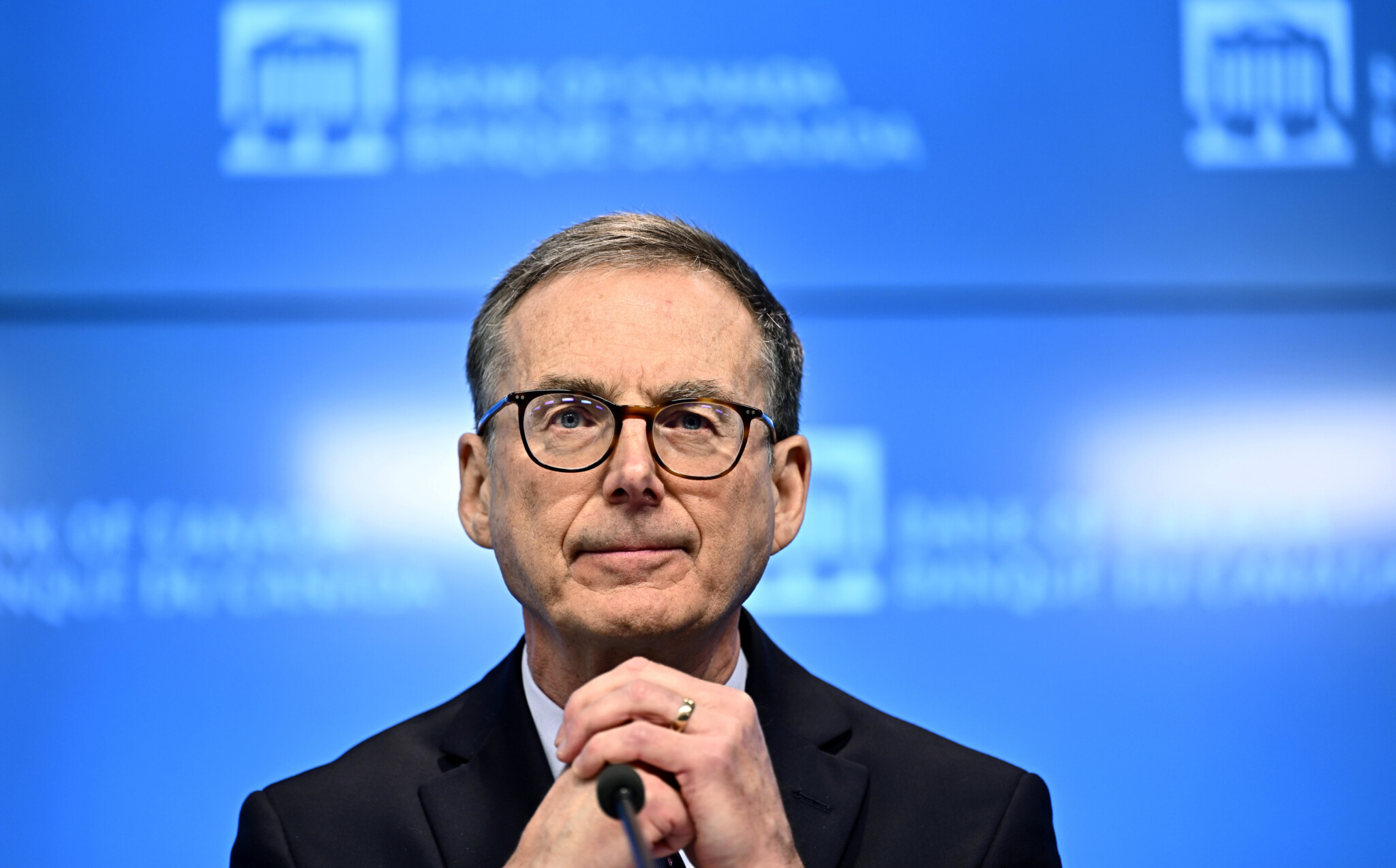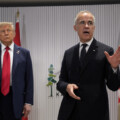The Bank of Canada kept interest rates on pause at a second consecutive policy decision on Wednesday, continuing to cite massive uncertainty around U.S. trade policy.
That no doubt came as a disappointment to the tens of thousands of realtors in the Greater Toronto Area. And we know this because the realtors told us, just hours before the central bank’s decision.
Further cuts in borrowing costs would “be welcome news to homebuyers,” said Jason Mercer, chief information officer at the Toronto Regional Real Estate Board, in a press release issued early Wednesday, alongside TRREB’s May market data.
If that wasn’t clear enough, the sentiment was echoed by TRREB CEO John DiMichele just a few paragraphs later: “A rate cut would be a welcome move—particularly for first-time buyers and those renewing their mortgages.”
Right now, there are few sectors in Canada more desperate for lower rates than Toronto real estate. Demand for homes has fallen off a cliff, in what’s shaping up to be the worst spring market in nearly three decades.
And many Canadians—perhaps millions—were likely rooting alongside the realtors for a cut.
But there’s bad news for them. Lower borrowing costs aren’t riding to the rescue of whatever ails the nation’s economy or your household finances. Expectations should be tempered.
A reminder: the Bank of Canada has already cut its overnight policy rate by a total of 2.25 percentage points, bringing it to 2.75 percent—levels the central bank considers near “neutral,” meaning neither stimulative nor contractionary. (Prime rates at commercial banks sit just over two percentage points above the policy rate.)
That means if you are struggling to pay off debt bills, it’s probably not high interest rates that are the problem, but rather too much debt relative to income. That applies to companies as well.
None of this means the central bank is ruling out further cuts. Governor Tiff Macklem hinted that with the economy clearly slowing, additional easing could be in store if tariffs and trade uncertainty persist.
What’s holding the Bank of Canada back are worries about the trade war’s impact on inflation, constraining its ability to provide support through lower rates. Tariffs raise prices, and the central bank’s primary mandate is to keep inflation anchored near 2 percent. The trade wars are on top of global structural forces also fueling price pressures, from supply chain fragmentation and aging populations to elevated government spending and debt.
And recent inflation readings suggest underlying price pressures in Canada may be reemerging, and that’s even before the full impact is felt from our retaliatory tariffs against U.S. goods.
“That got our attention,” Macklem told reporters in Ottawa, referring to higher core inflation numbers.
To be sure, economists are forecasting another half-point in rate cuts by year’s end. Maybe another quarter point in 2026, just to provide a bit of a lift for the economy as we navigate through the trade disputes.
That’s not nothing. It could shave prime rates a bit more and ease variable-rate borrowing costs, from mortgages to credit cards.
But the bigger signal may be coming from global bond markets, where interest rates are on the rise again on concerns about U.S. debt sustainability. That’s already starting to push up borrowing costs here at home. Yields on five-year Canadian government bonds—critical benchmarks for fixed-rate mortgages—had been falling in line with the central bank’s cuts over the past year. Now they are heading up again.
We’re closing in on the end of the Canadian cutting cycle, if we’re not there already for longer-term interest rates. The only thing that could change that would be some type of major downturn that forces more aggressive action from the Bank of Canada. Then we may have bigger problems than the cost of borrowing.










